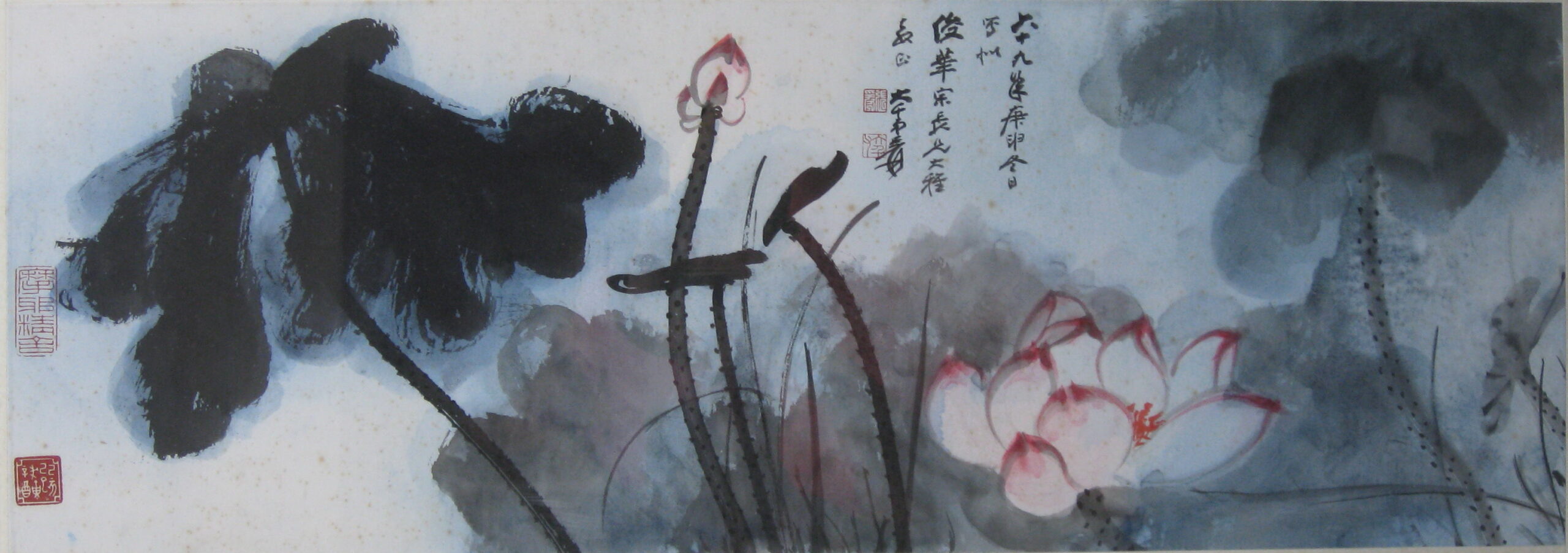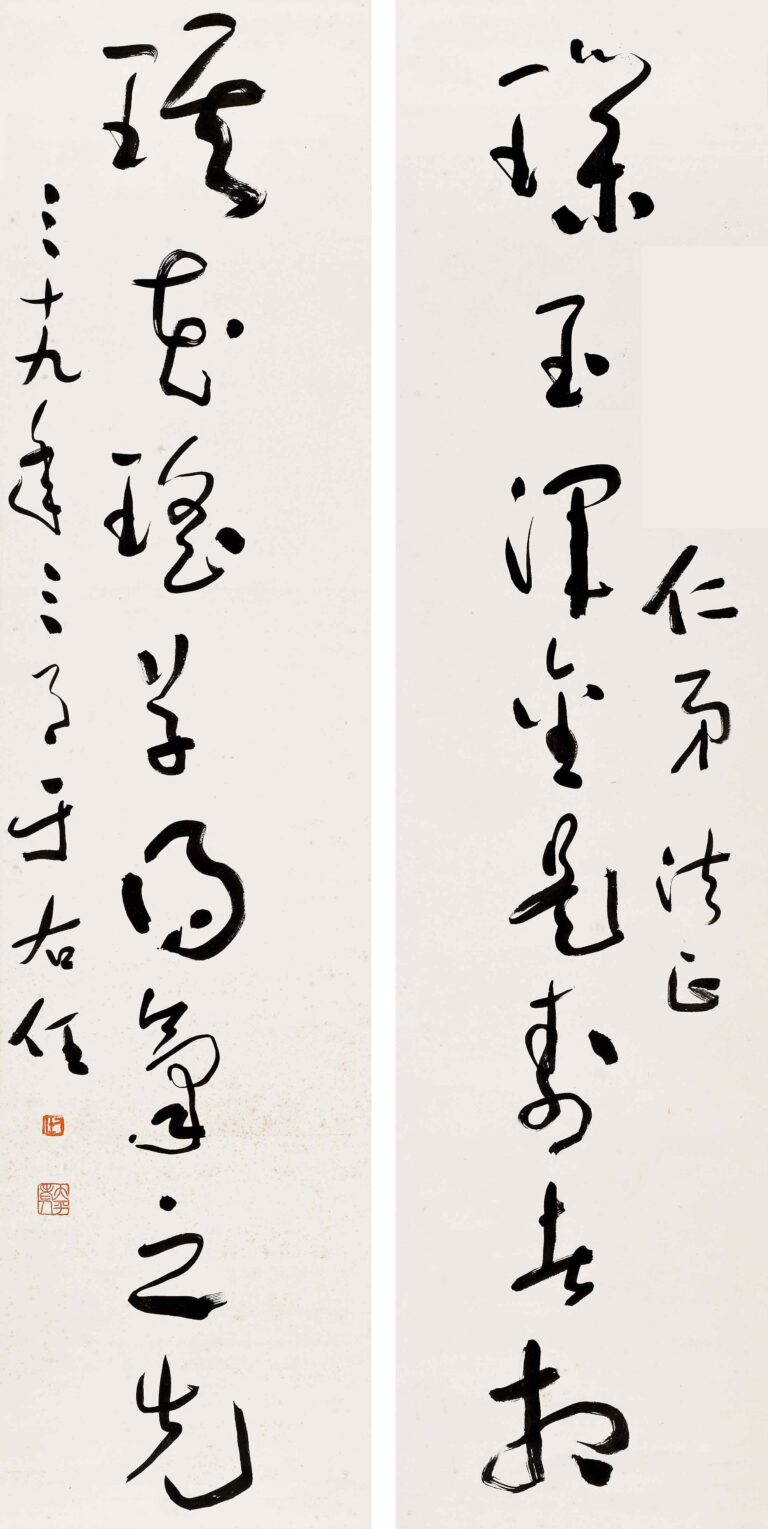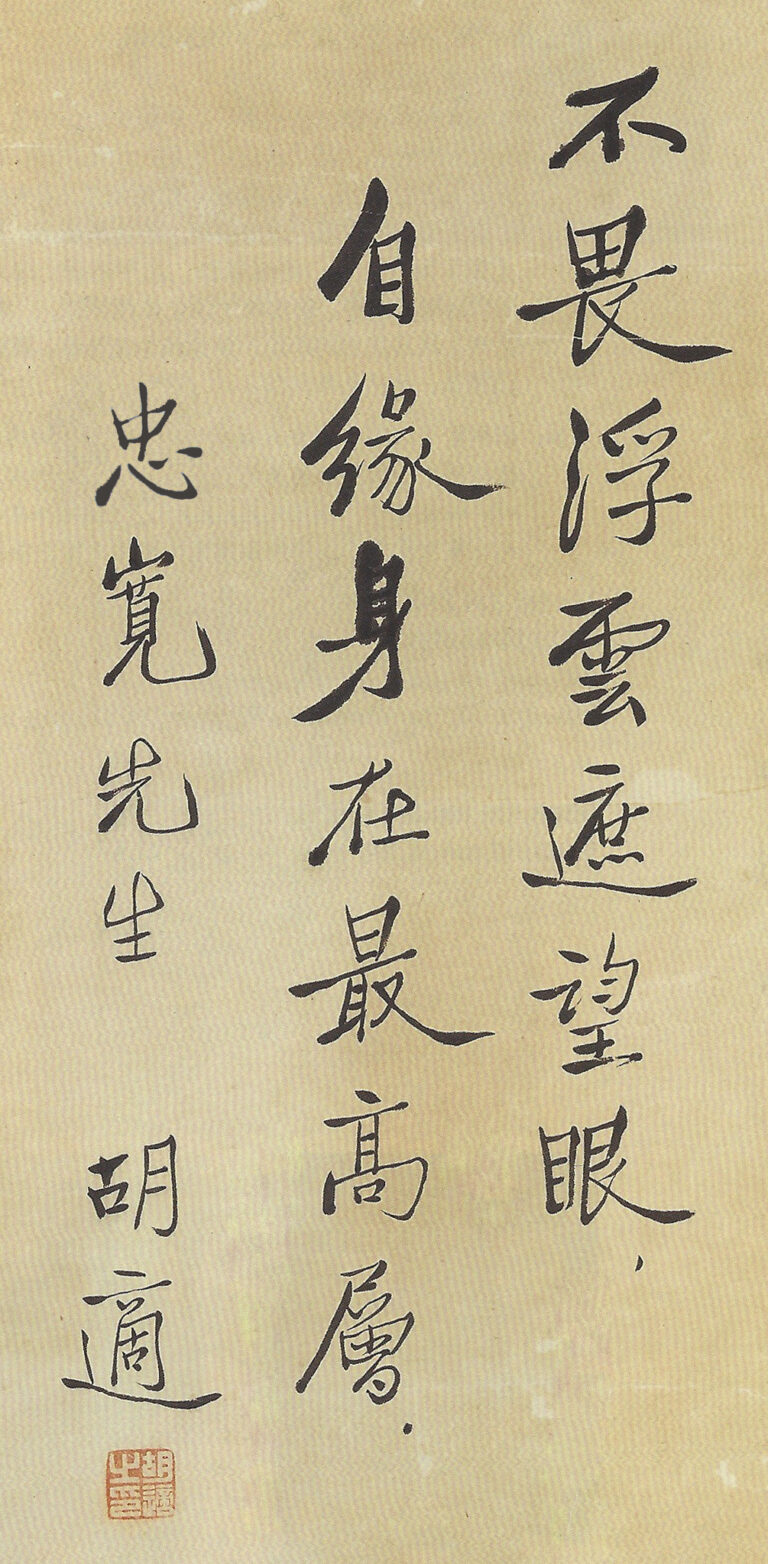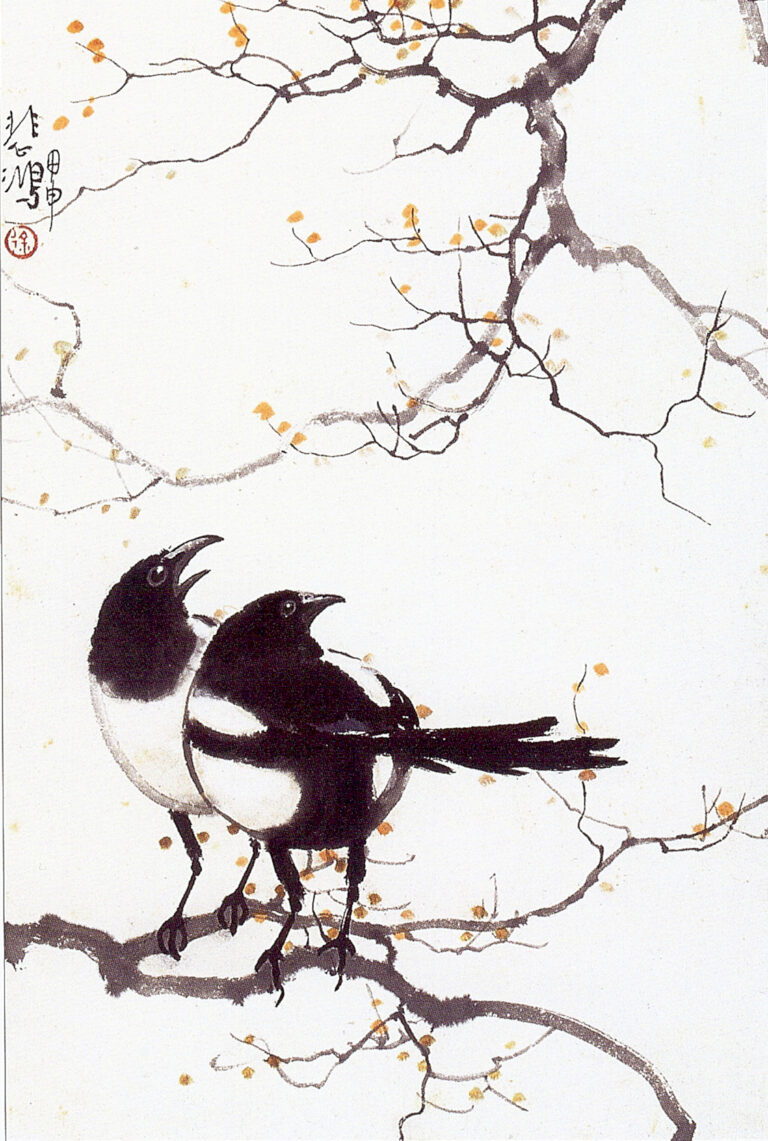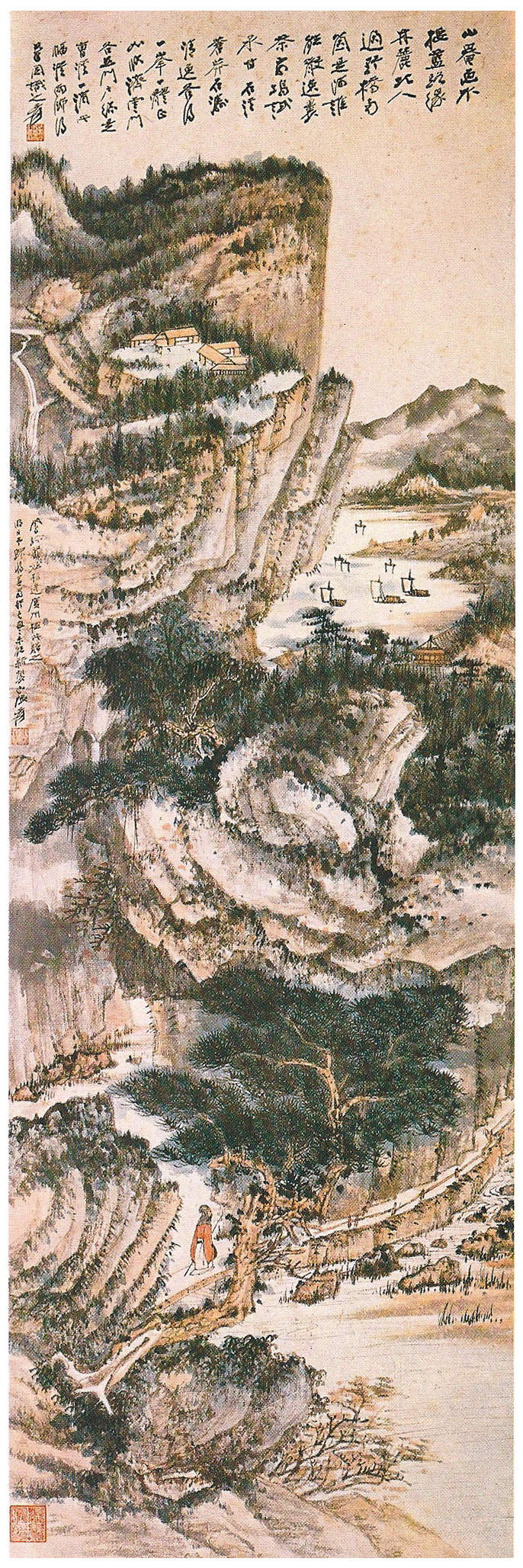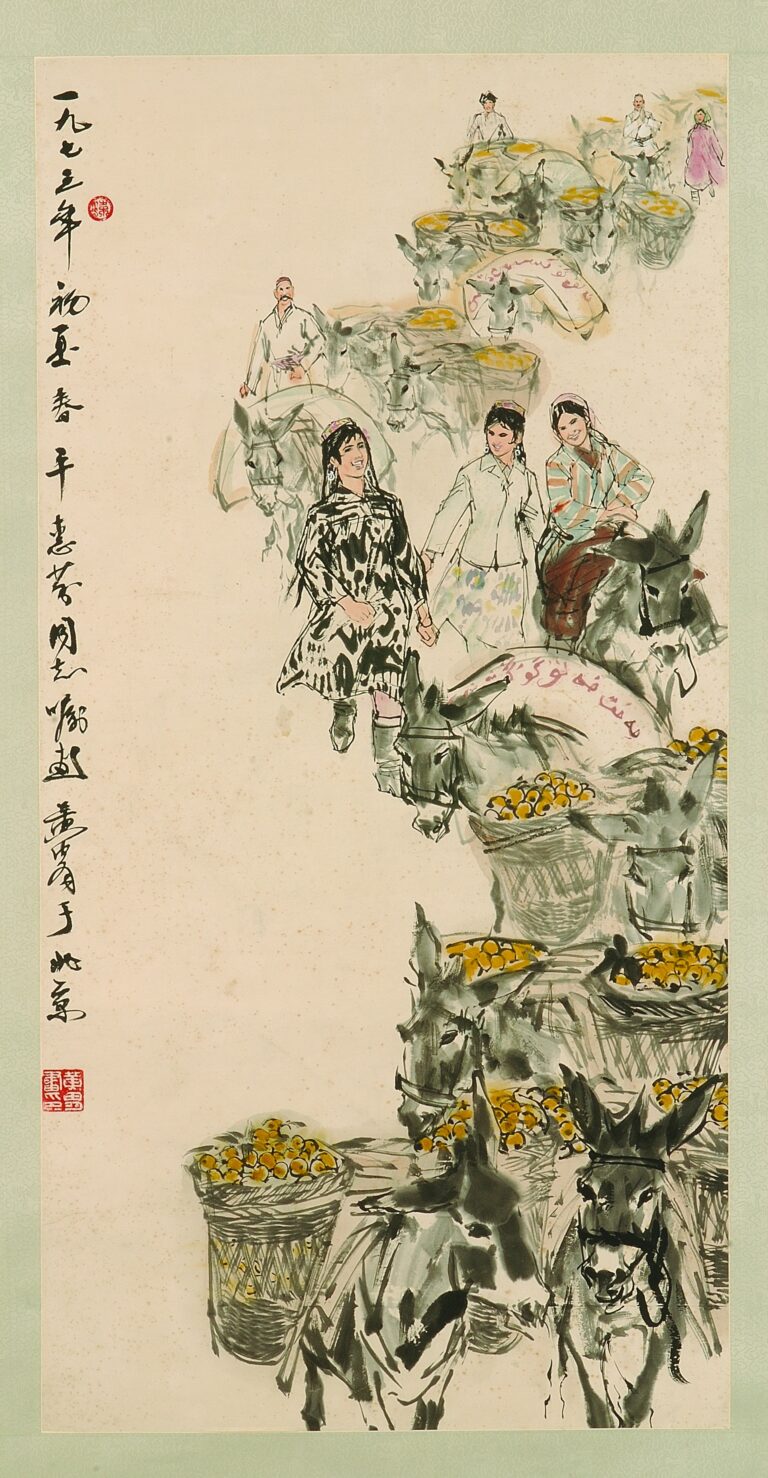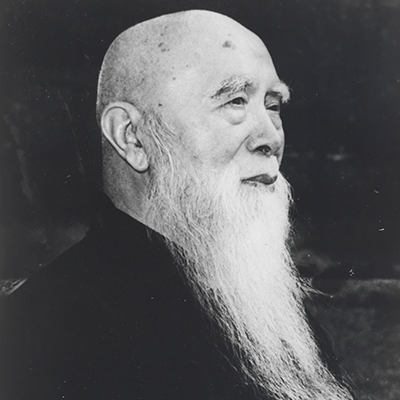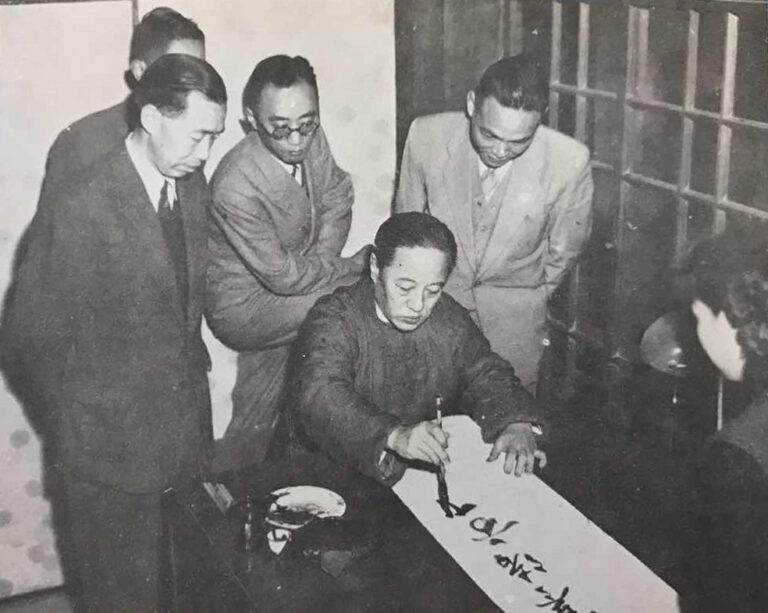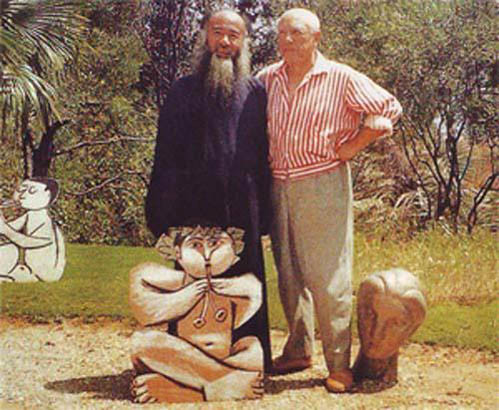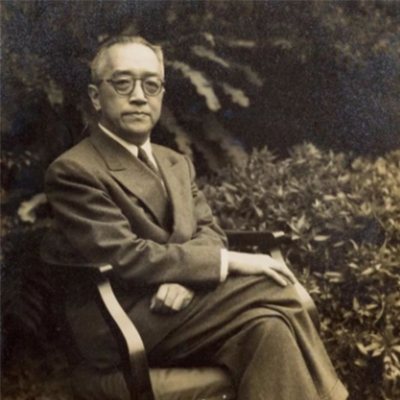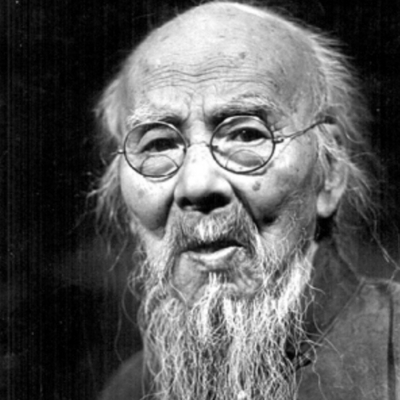"Lotus" is a master of modern and modern Chinese paintingZhang Daqian(1899-1983) One of the most representative subjects in his pen, showing his unique artistic style that integrates ancient and modern times. Zhang Daqian, formerly known as Zhang Zhengzheng, No. 1,000 layman, is from Neijiang, Sichuan. He has studied painting since he was a child, benefiting from his mother Zeng Youzhen, and later studied with Zeng Xi and Li Ruiqing, laying a deep foundation for painting and calligraphy. Throughout his life, he traveled to Dunhuang, Europe, America and many countries in Asia. His painting art spans green landscapes, heavy calligraphy and splashing ink and color, especially his original splashing landscape and lotus painting style. He is famous all over the world.
Lotus: the combination of symbolism and poetry
In the history of Chinese painting, the lotus symbolizes integrity, tenacity and high purity, and is loved by literati and scholars of all ages. Zhang Daqian's "Lotus" series inherits the traditional pen and ink of flower and bird painting in the Song, Yuan, Ming and Qing Dynasties, and infuses his bold and innovative personal style. His lotus flowers are either blooming or budding, with graceful and colorful forms and bright and elegant colors. The lotus leaves are rendered in thick ink, and the natural rhythm of water waves and veins is revealed in the scattered layers; the lotus flowers are dyed with bright red, pink and white dots, and the petals are as smart as life. Whether it is the depth of ink painting or the brilliance of color setting, it all reflects Zhang Daqian's deep understanding of the rhythm of life and the spirit of nature.
Painting style and techniques: learning from the ancient and transforming the ancient
In his early years, Zhang Daqian was deeply influenced by ancient people such as Shitao, Ba Dashanren, and Shen Zhou. After middle age, he extensively copied Dunhuang murals to draw on their decorative and color sense. In his later years, he created his own techniques of splashing ink and color, and integrated western color expressions into Chinese painting. Under his pen, the lotus theme has also developed from the early heavy color of Gongbi to splashing ink freehand, showing a strong sense of the times and personalized brushstrokes. He often said: "The beauty of painting lies between similarity and dissimilarity. It is too kitschy to deceive the world. "This concept is vividly expressed in "Lotus"-lotus is both realistic and abstract, loyal to the beauty of nature, and transcends the figurative framework, demonstrating Zhang Daqian's unique aesthetic appeal and master spirit.
The cultural meaning and market value of "Lotus"
"Lotus" occupies an important position in Zhang Daqian's artistic career. It is not only a reinterpretation of traditional subject matter, but also an artist's self-response in the face of changing times. The scenery of the lotus pond and the intertwined flowers and leaves in the picture symbolize tenacity and vitality, and also express his love for nature and life. The oriental aesthetics exuded in the work have made "Lotus" popular with international collectors and the art market. In recent years, in the auction market, Zhang Daqian's lotus works have repeatedly been sold at high prices, and have achieved great results, demonstrating its unparalleled market value and timeless artistic charm.
Sincere invitation from Dehuatang
張大千的《荷花》不僅是畫作,更是他畢生藝術探索與情感抒發的結晶。它見證了大千先生從師古到化古的轉變歷程,也是東西方文化交融的縮影。對於收藏家與藝術愛好者而言,張大千的《荷花》是值得珍藏的藝術瑰寶,更是詩意與文化的化身。德華堂長期專注於High-priced acquisition of famous ancient and modern Chinese calligraphy and painting, calligraphy, and letters from celebritiesAnd other art treasures. We adhere to the spirit of "meeting friends with literature and treating each other with courtesy", and cherish every famous calligraphy, painting and collection. If you have a collection of Zhang Daqian's "Lotus" or other calligraphy and painting works in your hand, you are cordially invited to contact us. Let these precious works of art continue to shine, and let the culture and beauty they carry be passed down from generation to generation in the long course of time.
